
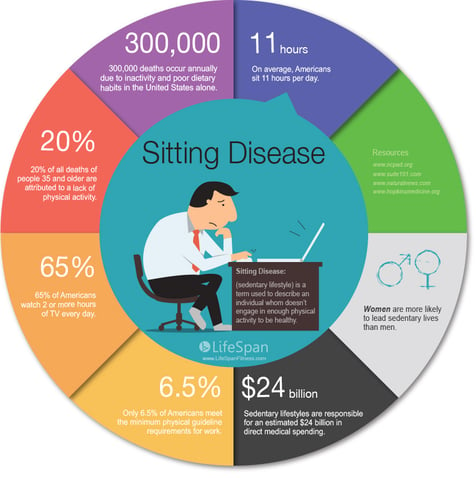
According to the CDC, "Regular physical activity is one of the most important things you can do for your health. Being physically active can improve your brain health, help manage weight, reduce the risk of disease, strengthen your bones and muscles and improve your ability to do everyday activities."
Sounds like a win-win. Any amount of moderate to vigorous exercise can offer you some health benefits and have a significant impact on your long-term health. Further, anyone can experience these benefits from physical activity - regardless of your age, ability, ethnicity, shape, or gender.
In 2002, the World Health Organization listed inactivity, or sedentary lifestyle, as one of the 10 leading global causes of death and disability.
A sedentary lifestyle includes sitting, reading, watching television and using a computer for much of the day with little or no vigorous exercise. As expected, the lifestyle contributes to obesity and cardiovascular disease, Type 2 diabetes, low self-esteem and mental illness.
This or that?Sit all day and take a long walk or take short walking breaks throughout the day? Research has shown that walking for a few minutes every hour can be just as beneficial — if not more so — for your health as one extended workout session. If you sit at a desk or are home for most of the day, getting up and walking for even five minutes each hour can protect your health and reduce your risk of serious health conditions as well as improve your ability to concentrate and focus. |
This or that?Which is better? Walking or cycling the same distance? The great news is both are excellent ways to be physically active! Cycling is more efficient than walking, so you'll probably work harder by walking briskly and probably exercise your heart, lungs and major muscles more. On the other hand, cycling is probably less hard on your hips, knees and ankles than walking. |
This or that?Should I walk or run? Power walking improves cardiovascular health. It engages more muscle and requires more steps per minute. This boosts your heart rate, which is excellent against heart diseases and other chronic illnesses. While running can burn more calories, power walking is a much safer choice to maintain the health of your joints. |
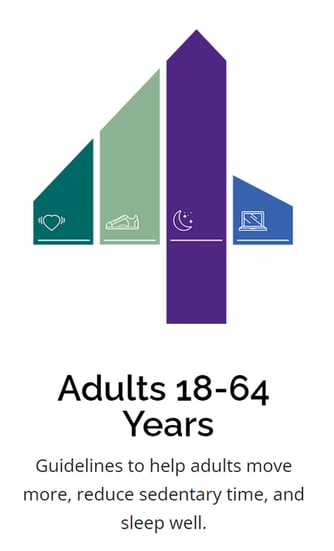 |
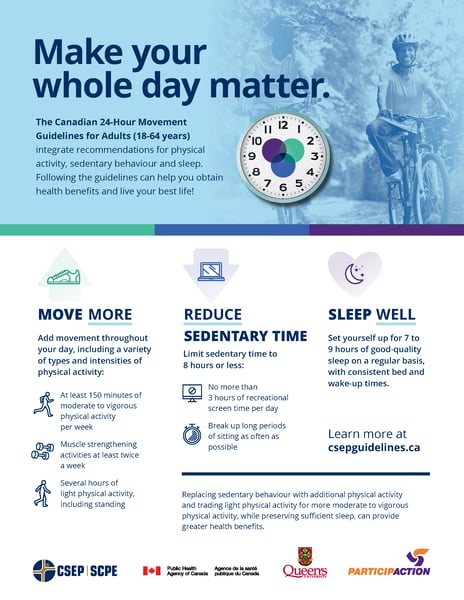 |
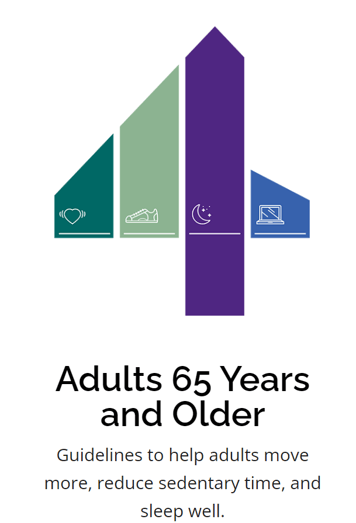 |
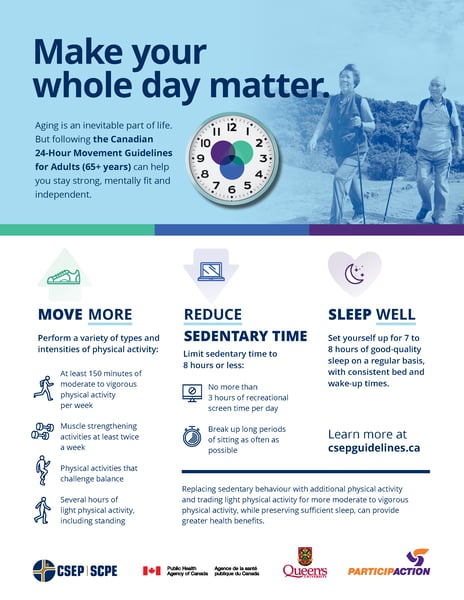 |
At Agilus Work Solutions we serve our candidate and employer networks, to lead a connected, forward-thinking work community. We understand that work is an important piece of your work+life equation. Simply put – we care about your whole life, work included.